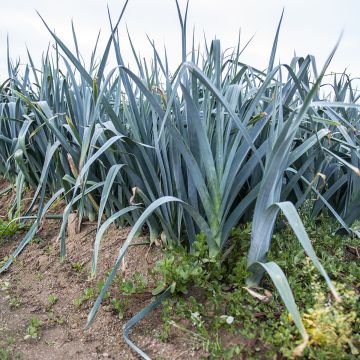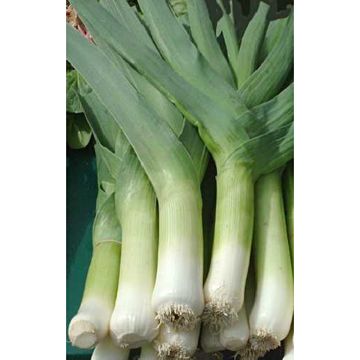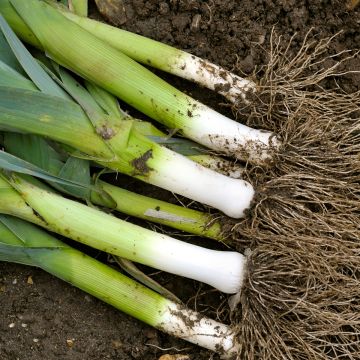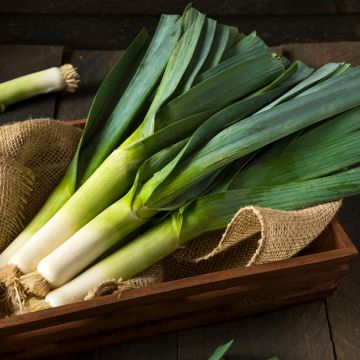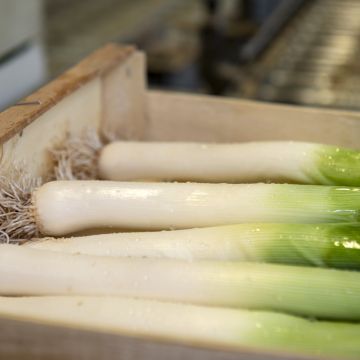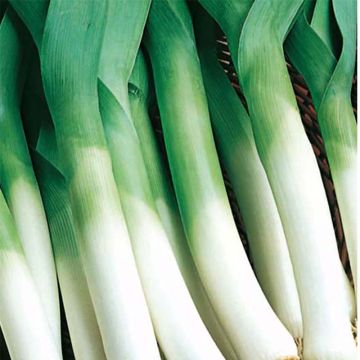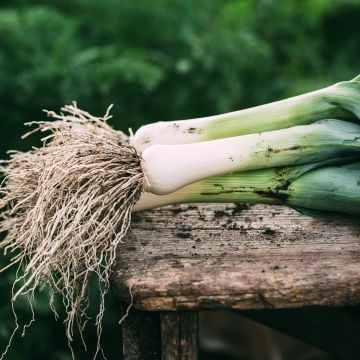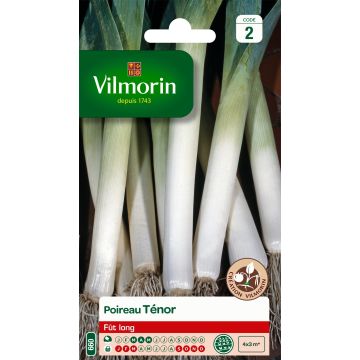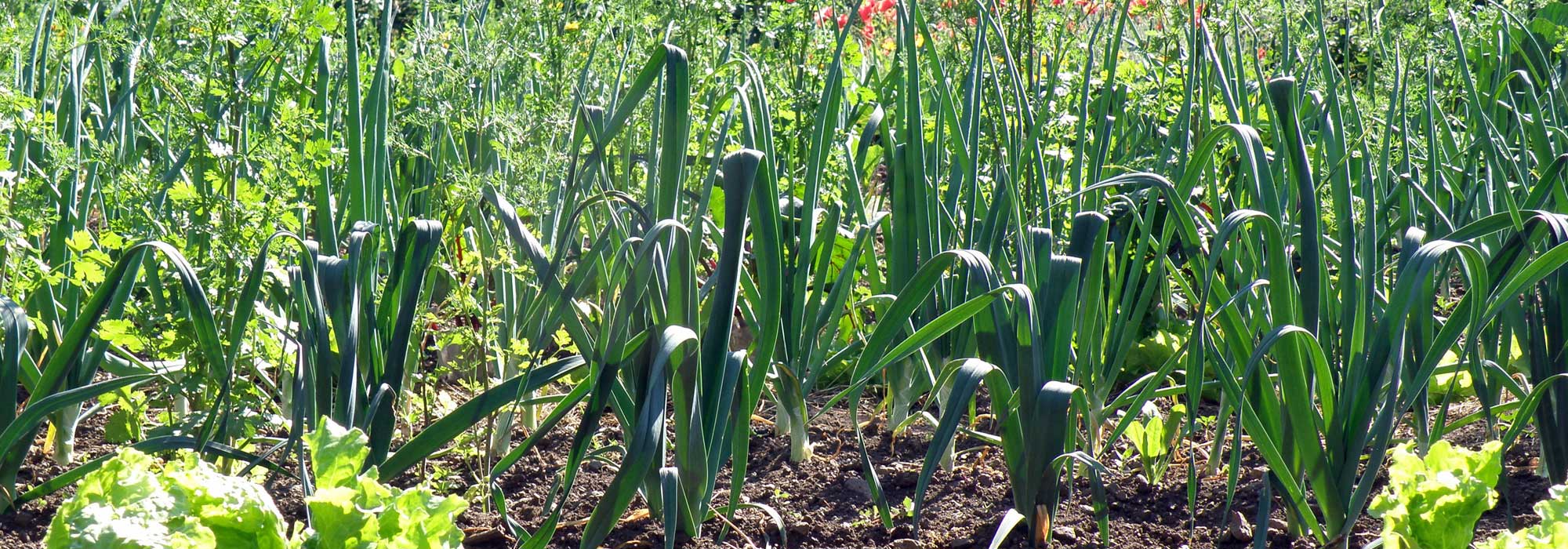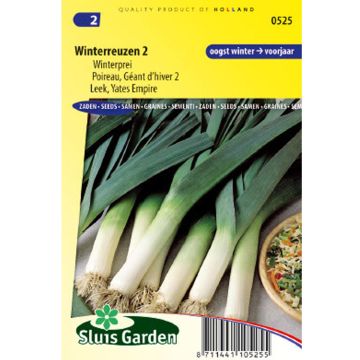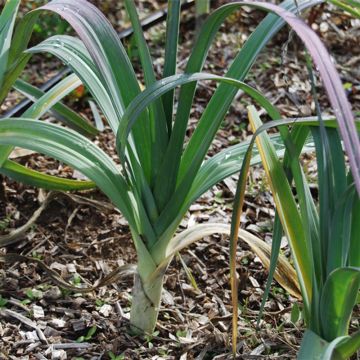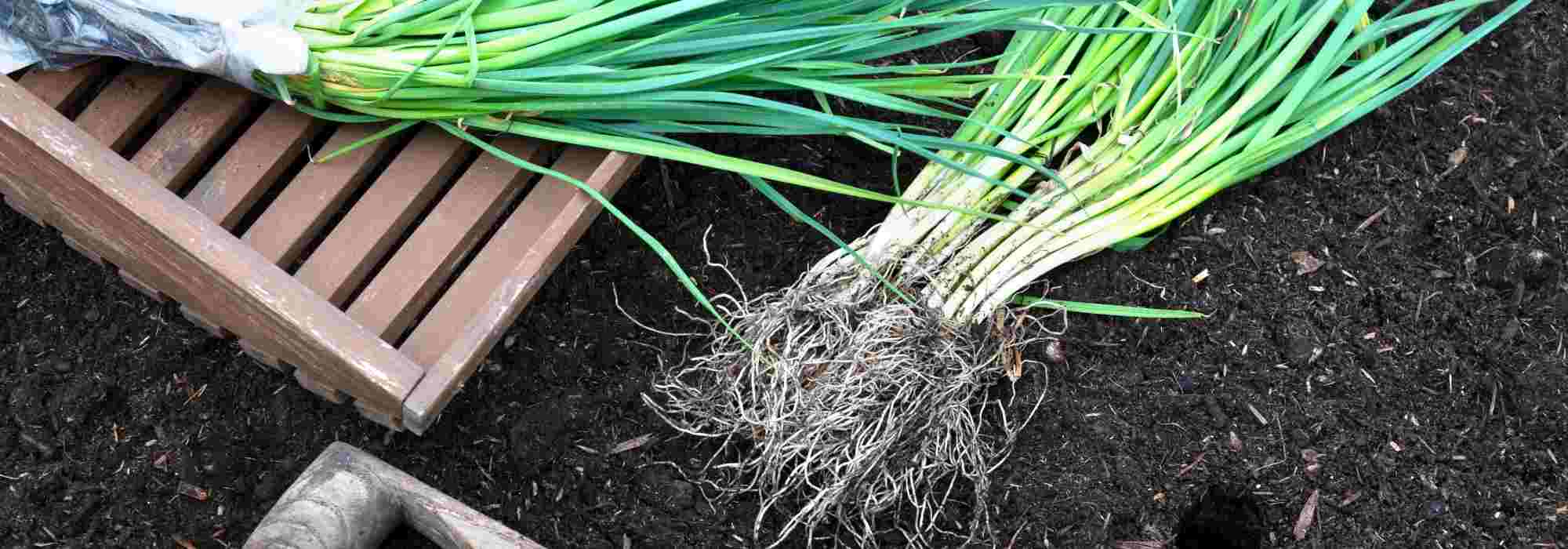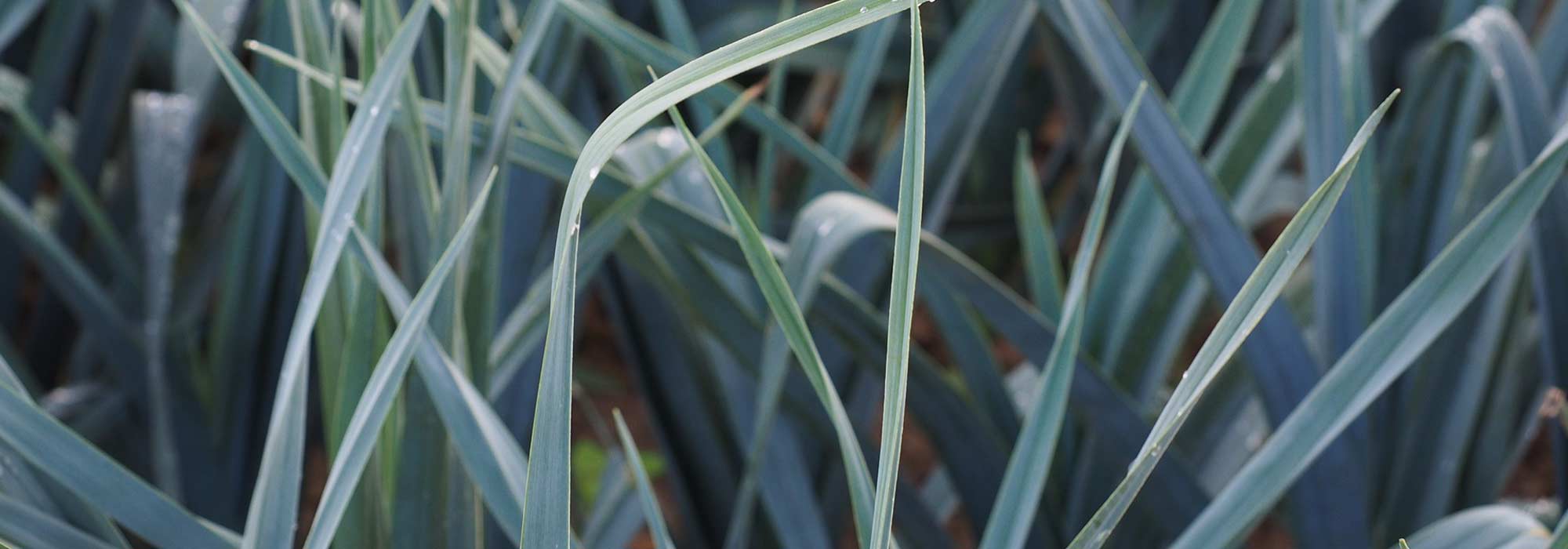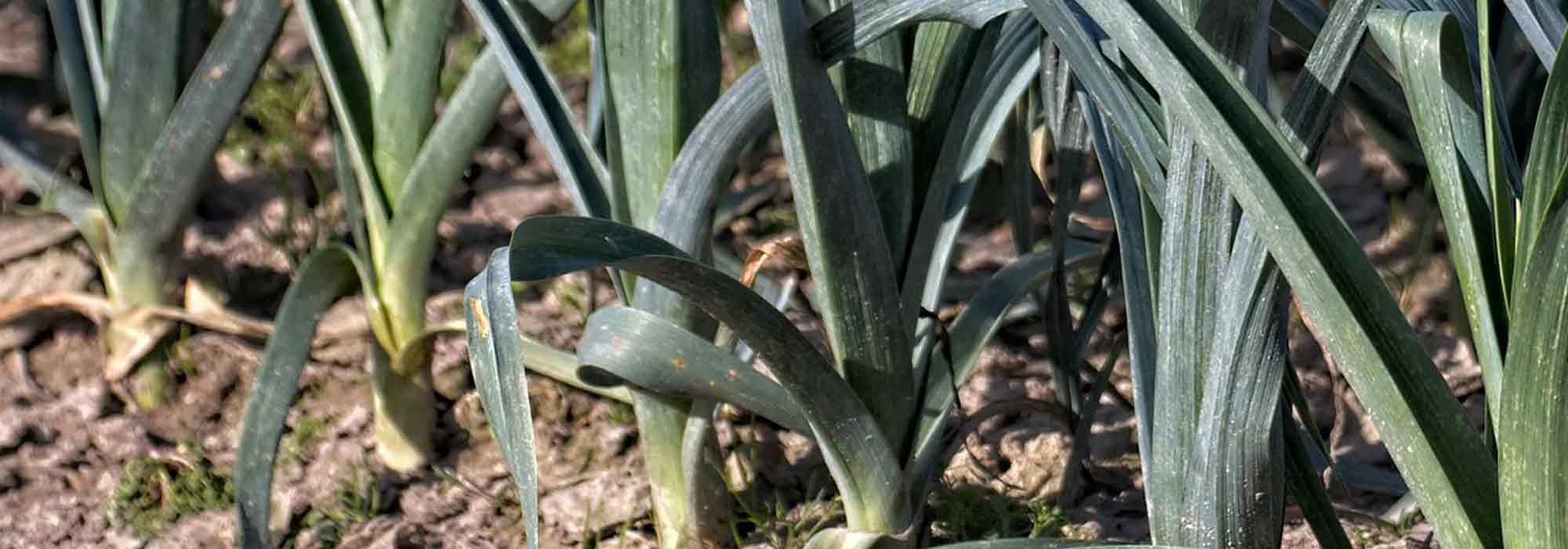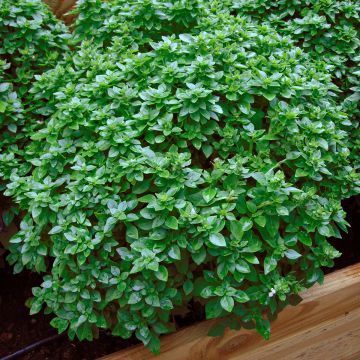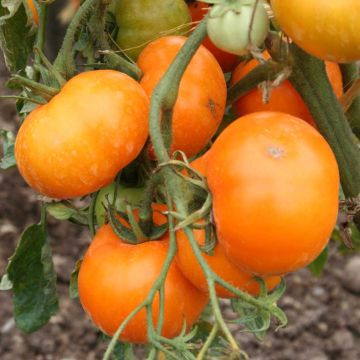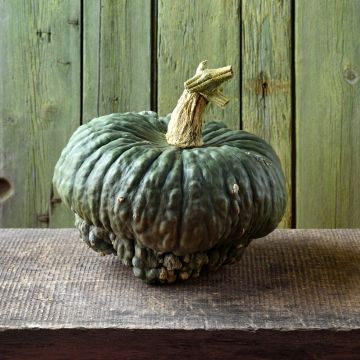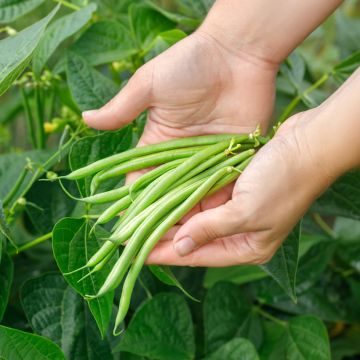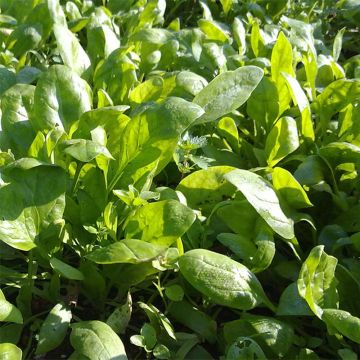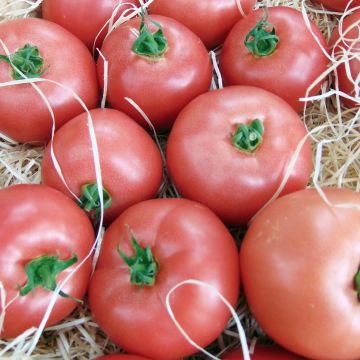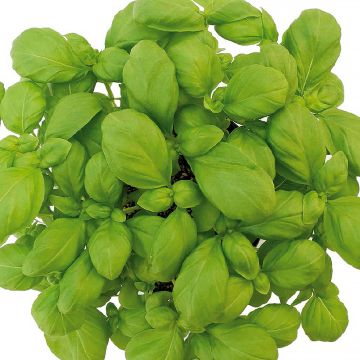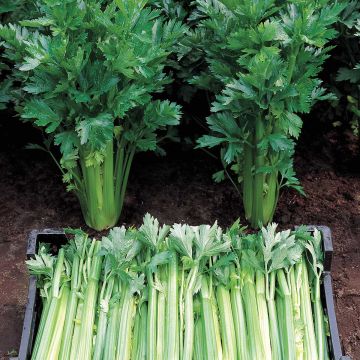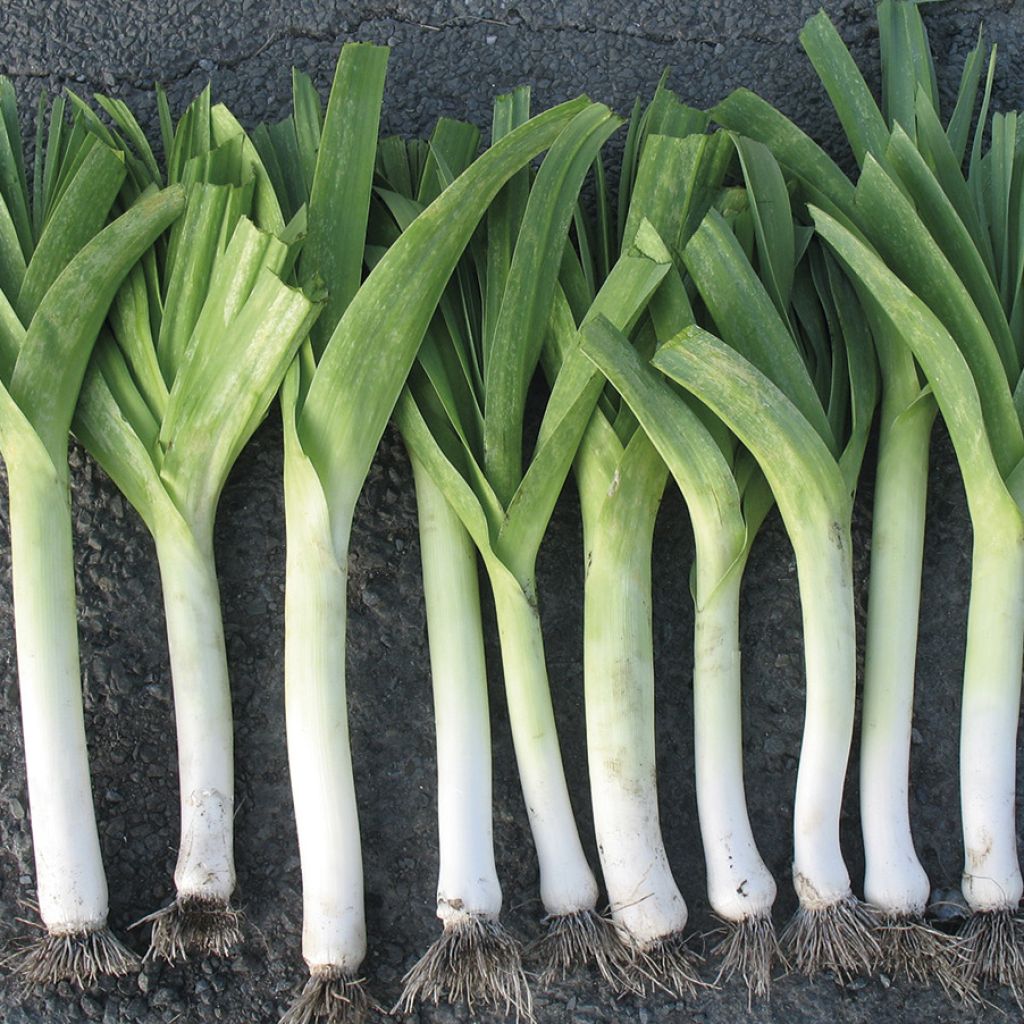

Yellow large from Poitou untreated Leek - Allium porrum
Yellow large from Poitou untreated Leek - Allium porrum
Allium porrum Jaune gros du Poitou
Leek
No luck for me either. Nothing came out!!!
Hervé, 24/04/2019
Special offer!
Receive a €20 voucher for any order over €90 (excluding delivery costs, credit notes, and plastic-free options)!
1- Add your favorite plants to your cart.
2- Once you have reached €90, confirm your order (you can even choose the delivery date!).
3- As soon as your order is shipped, you will receive an email containing your voucher code, valid for 3 months (90 days).
Your voucher is unique and can only be used once, for any order with a minimum value of €20, excluding delivery costs.
Can be combined with other current offers, non-divisible and non-refundable.
Why not try an alternative variety in stock?
View all →This plant carries a 6 months recovery warranty
More information
We guarantee the quality of our plants for a full growing cycle, and will replace at our expense any plant that fails to recover under normal climatic and planting conditions.
Description
The Yellow 'Gros du Poitou' Leek is an early variety widely cultivated in the West of France. The plants have a short and white stem. The foliage, trailing, is light green, almost yellow. This leek, quite sensitive to cold, is sown from February to April for a summer harvest until the first frost, from July to October. It is a leek that is increasingly grown in gardens, especially for its incredibly tender flesh.
The leek or Allium porrum is a biennial herbaceous plant belonging to the Alliaceae family. Native to Central Asia, it was already known by the Egyptians 1500 years before our era. Its foliage was long and very thin at that time. The Romans also appreciated it. Its appearance then resembled that of its cousin, the onion, with a very thin stem and a well-rounded bulb. It is also known that it had already been introduced throughout the Middle Ages throughout Europe.
The leek has long blue-green or dark green leaves that are wide and sheathing, forming together the stem, which is the white part that resembles a stem. This stem is the most prized part. White, its taste is very delicate and corresponds to the underground part that has not benefited from light. At the end of the second year, it produces a stem topped with a spherical mauve umbel the size of a tennis ball, which has become the emblem of Wales.
This very hardy vegetable, some winter varieties of which can withstand temperatures below -15 or even -20 °C (- 4°F), can be sown for a large part of the year (from February to August). Considered a winter vegetable, it can be harvested almost all year round. The leek is rich in dietary fibre, facilitating digestion. It is also rich in vitamins C and B and sulfur compounds with antioxidant properties. It is also reputed, like onions, to lower cholesterol levels in the blood, among other benefits.
It is also interesting from a taste point of view, as its flavour is somewhere between an onion and an asparagus, leading to one of its nicknames, the "poor man's asparagus". It is mainly the white stem and the rootlets that are consumed. It is used in the preparation of many local dishes around the world. It is a critical element of the traditional casserole, consumed in soups, quiches, cold with vinaigrette, thinly sliced raw in salads, etc. The Japanese particularly like it: it can be found in many recipes such as sushi and sashimi or delicious sesame leeks.
Harvesting: harvest your leeks as you need them. The harvest generally takes place between 5 and 8 months after sowing. Gently pull on the leek to avoid injuring or damaging the stem. If you encounter difficulties in this operation, use a small spade a few cm away from the desired leek and lever it out more easily.
Storage: you can store them for two weeks in the vegetable compartment of your refrigerator. They can be stored in the freezer for almost three months. Bag them after blanching them for a few minutes, rinsing them under cold water, and then drying them carefully.
A Gardener's Tip: plant leeks with carrots. The carrot fly dislikes leeks, and the leek fly doesn't like carrots! Tomatoes, lettuces, and strawberries are also good companion plants for leeks, but leeks dislike the presence of their cousin, onions, beets, and beans. To know if a leek needs watering, observe its foliage: if it stands tall, everything is fine; it is not thirsty. It probably needs water if its foliage wilts and leans to the side.
Untreated or "NT" seeds come from conventionally grown plants (often using phytosanitary products) but undergo no treatment after harvest. These seeds are allowed in organic market gardening when organic seeds are out of stock.
Harvest
Plant habit
Foliage
Botanical data
Allium
porrum
Jaune gros du Poitou
Alliaceae
Leek
Western Europe
Biennial
Other Leek seeds
View all →Planting and care
Leeks are considered winter vegetables. This is partly true; however, several leeks grow in summer. The leek growth cycle is quite long and occurs in several phases.
Soil preparation: Leeks prefer rich and deep soils highly enriched with organic matter. However, be careful; the soil must have been enriched several months in advance, as our vegetable dislikes soils that have been improved recently. Choosing a location well exposed to the sun in generally cool soil, you have previously loosened is advisable.
Sowing: Dig a furrow 2 cm (1in) deep and sow sparingly, about one to two seeds every cm. Close the furrow with particular sowing soil and lightly compact it with a rake. This operation is carried out from February to May undercover, depending on the climate (greenhouse, tunnel, etc.). Germination will take between fifteen days and three weeks. Once the plant has reached about fifteen cm in height and a pencil's thickness, it is time to transplant. Before doing so, gently uproot the young plants and let them dry out on the ground and in the shade for two days. This operation aims to remove the smell of the leek and thus avoid attacks from the onion fly.
Transplanting: Before transplanting, it is necessary to dress the leek. "Dressing" means cutting the roots 2 to 3 cm (1in) below the bulb and, at the same time, cutting the young leaves a few cm above the stem. The goal is twofold: removing the roots allows for better rooting by stimulating it and cutting the leaves prevents rapid evaporation.
Next, prepare holes about fifteen centimetres deep, spaced 15 to 20 centimetres (6 to 8 inches) apart in all directions. Insert your young plants into them. The white part must be completely buried. Water generously at the base of the plants, which will close the holes around the leek stems. Leeks need soil rich in nitrogen. You can place freshly mown grass between the rows. After a period ranging from fifteen days to a month, the plants grow and strengthen. Then, make sure to mound the soil around the stems to keep them as protected from light as possible so they remain white and tender.
Putting in storage: Summer and winter varieties depend on their hardiness, and the time leeks should be sown. If the sowing is done in autumn to be harvested only in spring, some will spend the winter outside. In regions with harsh winters, it is sometimes necessary to store the leeks, which means gathering them in a sheltered place away from the wind and planting them at an angle before transplanting them again in spring.
Seedlings
Care
Intended location
Planting & care advice
-
, onOrder confirmed
Reply from on Promesse de fleurs
Similar products
Haven't found what you were looking for?
Hardiness is the lowest winter temperature a plant can endure without suffering serious damage or even dying. However, hardiness is affected by location (a sheltered area, such as a patio), protection (winter cover) and soil type (hardiness is improved by well-drained soil).

Photo Sharing Terms & Conditions
In order to encourage gardeners to interact and share their experiences, Promesse de fleurs offers various media enabling content to be uploaded onto its Site - in particular via the ‘Photo sharing’ module.
The User agrees to refrain from:
- Posting any content that is illegal, prejudicial, insulting, racist, inciteful to hatred, revisionist, contrary to public decency, that infringes on privacy or on the privacy rights of third parties, in particular the publicity rights of persons and goods, intellectual property rights, or the right to privacy.
- Submitting content on behalf of a third party;
- Impersonate the identity of a third party and/or publish any personal information about a third party;
In general, the User undertakes to refrain from any unethical behaviour.
All Content (in particular text, comments, files, images, photos, videos, creative works, etc.), which may be subject to property or intellectual property rights, image or other private rights, shall remain the property of the User, subject to the limited rights granted by the terms of the licence granted by Promesse de fleurs as stated below. Users are at liberty to publish or not to publish such Content on the Site, notably via the ‘Photo Sharing’ facility, and accept that this Content shall be made public and freely accessible, notably on the Internet.
Users further acknowledge, undertake to have ,and guarantee that they hold all necessary rights and permissions to publish such material on the Site, in particular with regard to the legislation in force pertaining to any privacy, property, intellectual property, image, or contractual rights, or rights of any other nature. By publishing such Content on the Site, Users acknowledge accepting full liability as publishers of the Content within the meaning of the law, and grant Promesse de fleurs, free of charge, an inclusive, worldwide licence for the said Content for the entire duration of its publication, including all reproduction, representation, up/downloading, displaying, performing, transmission, and storage rights.
Users also grant permission for their name to be linked to the Content and accept that this link may not always be made available.
By engaging in posting material, Users consent to their Content becoming automatically accessible on the Internet, in particular on other sites and/or blogs and/or web pages of the Promesse de fleurs site, including in particular social pages and the Promesse de fleurs catalogue.
Users may secure the removal of entrusted content free of charge by issuing a simple request via our contact form.
The flowering period indicated on our website applies to countries and regions located in USDA zone 8 (France, the United Kingdom, Ireland, the Netherlands, etc.)
It will vary according to where you live:
- In zones 9 to 10 (Italy, Spain, Greece, etc.), flowering will occur about 2 to 4 weeks earlier.
- In zones 6 to 7 (Germany, Poland, Slovenia, and lower mountainous regions), flowering will be delayed by 2 to 3 weeks.
- In zone 5 (Central Europe, Scandinavia), blooming will be delayed by 3 to 5 weeks.
In temperate climates, pruning of spring-flowering shrubs (forsythia, spireas, etc.) should be done just after flowering.
Pruning of summer-flowering shrubs (Indian Lilac, Perovskia, etc.) can be done in winter or spring.
In cold regions as well as with frost-sensitive plants, avoid pruning too early when severe frosts may still occur.
The planting period indicated on our website applies to countries and regions located in USDA zone 8 (France, United Kingdom, Ireland, Netherlands).
It will vary according to where you live:
- In Mediterranean zones (Marseille, Madrid, Milan, etc.), autumn and winter are the best planting periods.
- In continental zones (Strasbourg, Munich, Vienna, etc.), delay planting by 2 to 3 weeks in spring and bring it forward by 2 to 4 weeks in autumn.
- In mountainous regions (the Alps, Pyrenees, Carpathians, etc.), it is best to plant in late spring (May-June) or late summer (August-September).
The harvesting period indicated on our website applies to countries and regions in USDA zone 8 (France, England, Ireland, the Netherlands).
In colder areas (Scandinavia, Poland, Austria...) fruit and vegetable harvests are likely to be delayed by 3-4 weeks.
In warmer areas (Italy, Spain, Greece, etc.), harvesting will probably take place earlier, depending on weather conditions.
The sowing periods indicated on our website apply to countries and regions within USDA Zone 8 (France, UK, Ireland, Netherlands).
In colder areas (Scandinavia, Poland, Austria...), delay any outdoor sowing by 3-4 weeks, or sow under glass.
In warmer climes (Italy, Spain, Greece, etc.), bring outdoor sowing forward by a few weeks.






























